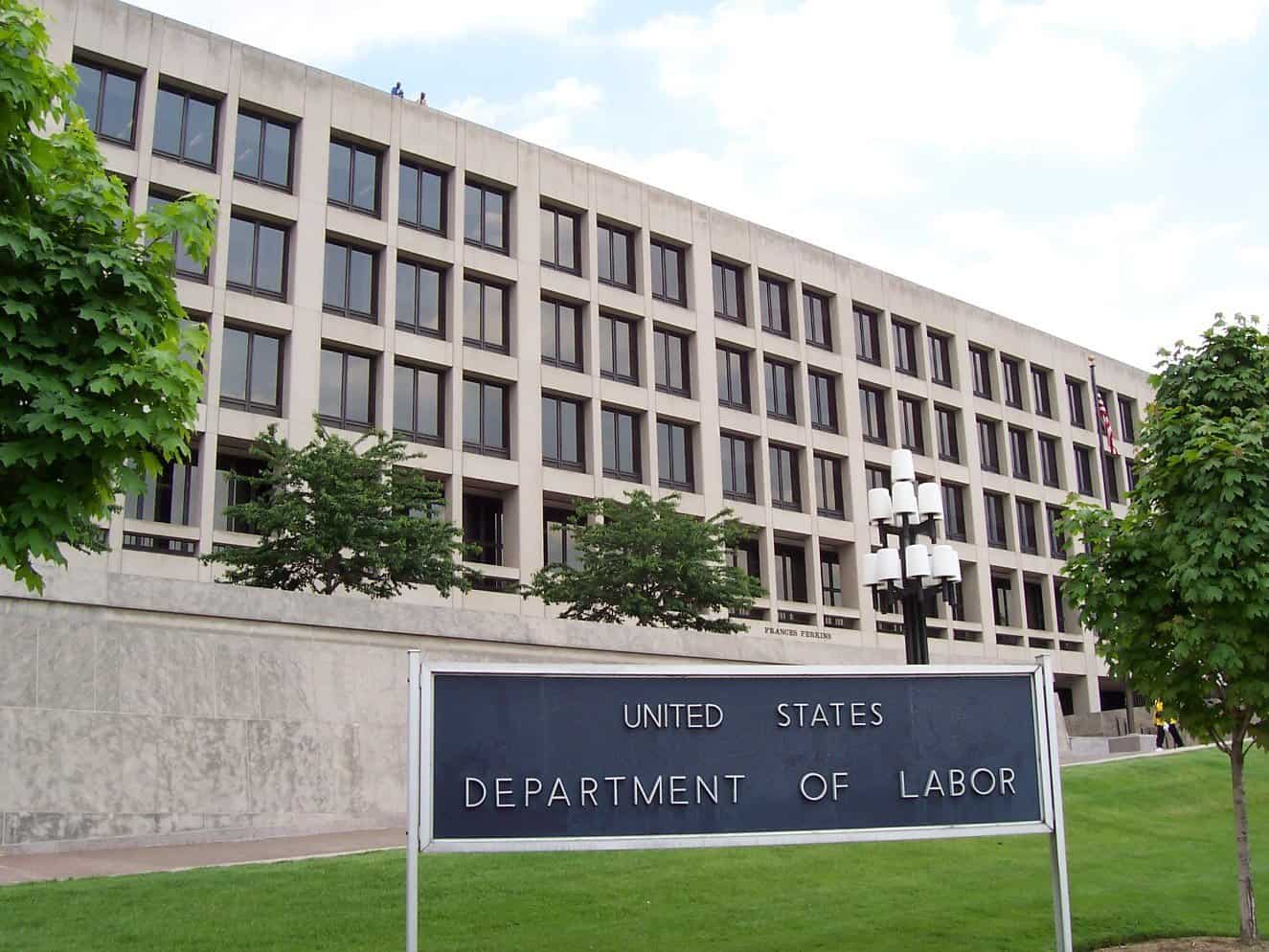
Kate Griffith is the Mckelvey-Grant Professor at the Cornell ILR School.
Leslie Gates is Associate Professor of Sociology at Binghamton University.
Recently Bloomberg reported that the Office of Labor Management Standards of the U.S. Department of Labor (the DOL) has reason to believe that the Centro de Trabajadores Unidos en La Lucha (CTUL) is a “labor organization” under the Labor Management Reporting and Disclosure Act of 1959 (LMRDA). The investigation is ongoing, but if the DOL’s current view stands, the practical import is that CTUL would need to submit extensive reporting of its finances and internal affairs. This is in contrast to the less onerous reporting requirements required of nonprofit organizations under the Internal Revenue Code. The DOL’s view is not legally defensible. Even if the CTUL is ultimately released from the DOL’s grip, and even though any DOL decision would apply to CTUL alone, the news of this investigation has a chilling effect on the 200+ other worker centers across the country. These organizations challenge precarious working conditions outside of the traditional collective bargaining model, but often do not have the resources to keep pace with reporting requirements beyond what is required of nonprofits.
The DOL’s interpretation is faulty on a number of fronts. While the DOL’s letter quickly cites to 29 U.S.C. § 402(j) it does not consider the language of this section in its analysis. Section (j) specifies that a “labor organization engaged in an industry affecting commerce” is an organization set up to “represent employees of an employer.” The legislative history is consistent with this view. The Senate report stated that “[t]he definition includes all forms and levels of labor organizations and combinations of labor organizations which exist for or carry on collective bargaining with employers.”
Nothing in the DOL’s letter suggests that CTUL seeks to be the employees’ representative on an ongoing basis. It describes CTUL as a membership organization, where members can pay $50 voluntary annual dues and can vote on the Board of Directors’ membership. It states that the organization regularly participates in demonstrations and protests to push for “fair working conditions for present and future generations.” The letter also describes CTUL’s efforts, some of which were successful, to get big retailers like Target, Macy’s and Best Buy to adopt a “Responsible Contractors” policy relating to working conditions in their supply chains. The DOL’s description of CTUL convincingly portrays it as an organization that strives to improve working conditions for precarious workforces, but nothing in the facts presented suggest that it is set up to represent employees of any particular employer.
Instead of acknowledging the language of Section (j), the DOL focuses its attention on the broader wording of Section (i) which refers to labor organizations as those “dealing with employers concerning grievances, labor disputes, wages, rates of pay, hours, or other terms or conditions of employment.” The LMRDA’s language requires consideration of both (i) and (j), but even if that was not the case, the DOL’s rationale with respect to the “dealing with” language fails too.
In a forthcoming article of the Harvard Law & Policy Review we show that the vast majority of worker centers are essentially nonprofits that do not “deal with” employers in the labor law sense. This is the case under the LMRDA’s “dealing with” language and under the National Labor Relations Act (NLRA) which uses these same terms. 29 U.S.C. §152. The NLRA restricts “labor organizations” from engaging in secondary boycotts, some forms of picketing, and other activities. While the relevant enforcement agencies (the DOL and the National Labor Relations Board) can independently interpret “dealing with,” they can look to each other’s determinations as persuasive authority.
Worker centers’ organizational purposes are more like nonprofits, than labor organizations. Many worker centers view their efforts to improve low-wage working conditions as their commitment to servicing the “poor,” the “distressed,” and the “underprivileged” (as is required for nonprofit status under the Internal Revenue Code). Our systematic research into the funding sources of 104 worker centers further revealed that worker centers tend to be small organizations, similar to other nonprofits, and do not have the capacity to engage in collective bargaining or other ongoing dealings with particular employers. A quarter of these 104 worker centers had yearly incomes lower than $180,000. Half earned less than $410,000. Worker center incomes are paltry compared to a union local, like the UNITE-HERE Local in Chicago, which reported yearly revenue of $9 million for the year of our study.
It is not only modest annual revenue that inhibits worker centers from ongoing representation efforts, it is also the nature of that funding. Worker centers are too reliant on external funders (and their priorities) to deal with particular employers. Despite the DOL’s focus on $50 yearly dues from CTUL’s members, those dues are nowhere near sufficient for the organization to function. Unlike labor unions, worker centers (like nonprofits) are heavily reliant on external funders rather than membership dues. Our research illustrated that more than 80% of worker center income came from external sources like government and foundation grants and charitable donations from individuals. In contrast, less than 2% of worker center income overall came from dues paid by internal organizational membership. In sum, worker centers do not dedicate their efforts to, nor do they have the capacity to, engage in ongoing dealings with individual employers over time.
A key purpose underlying U.S. labor law, to offset inequality of bargaining power, also counsels against the application of labor law’s restrictions to worker centers. Our review of Supreme Court labor law jurisprudence confirmed the expansiveness of labor law’s goal to infuse consideration of inequality of bargaining power into labor law interpretations, especially before the collective bargaining stage. Once collective bargaining is underway, inequality of bargaining power is less of a concern because, as the rationale goes, the represented employees have “the opportunity to deal on equality with their employer.” The research out there on worker centers, pioneered by Janice Fine, illustrates the many ways that worker centers organize workers with little bargaining power and no collective bargaining representative. In No One Size Fits All, a research volume published by the Labor and Employment Relations Association, authors chronicle the current efforts of worker centers to organize some of the most marginalized employees in the U.S. economy. Worker centers tend to represent precarious and low-wage populations with few resources. The imposition of labor law restrictions on their public protest tools and the addition of costly reporting requirements threatens their livelihood. Along with our review of Supreme Court labor law cases, we also rely on Cynthia Estlund’s work arguing that broader constitutional protections of associational activity, rather than labor law’s restrictions on such activity, should apply to organizations who do not engage in collective bargaining.
Worker centers alone cannot overcome heightened inequality between employers and employees and labor’s waning organizational power. As a new experimental model, however, worker centers provide a glimmer of hope in an otherwise bleak environment with respect to income inequality and workers’ rights advancement. Income inequality parallels New Deal levels. The top ten percent’s share of income now exceeds its prior height of 48 percent in 1928, just before the stock market crash of 1929. In this context, worker centers and other worker advocates can and should innovate to offset inequality of bargaining power between employers and employees. Given the relative organizational instability of these small nonprofit organizations, however, their efforts are thwarted when government agencies threaten to impose costly reporting requirements and other restrictions on their shoe-string budgets.
In short, the DOL should keep its hands off of worker centers.






Daily News & Commentary
Start your day with our roundup of the latest labor developments. See all
July 1
In today’s news and commentary, the Department of Labor proposes to roll back minimum wage and overtime protections for home care workers, a federal judge dismissed a lawsuit by public defenders over a union’s Gaza statements, and Philadelphia’s largest municipal union is on strike for first time in nearly 40 years. On Monday, the U.S. […]
June 30
Antidiscrimination scholars question McDonnell Douglas, George Washington University Hospital bargained in bad faith, and NY regulators defend LPA dispensary law.
June 29
In today’s news and commentary, Trump v. CASA restricts nationwide injunctions, a preliminary injunction continues to stop DOL from shutting down Job Corps, and the minimum wage is set to rise in multiple cities and states. On Friday, the Supreme Court held in Trump v. CASA that universal injunctions “likely exceed the equitable authority that […]
June 27
Labor's role in Zohran Mamdani's victory; DHS funding amendment aims to expand guest worker programs; COSELL submission deadline rapidly approaching
June 26
A district judge issues a preliminary injunction blocking agencies from implementing Trump’s executive order eliminating collective bargaining for federal workers; workers organize for the reinstatement of two doctors who were put on administrative leave after union activity; and Lamont vetoes unemployment benefits for striking workers.
June 25
Some circuits show less deference to NLRB; 3d Cir. affirms return to broader concerted activity definition; changes to federal workforce excluded from One Big Beautiful Bill.